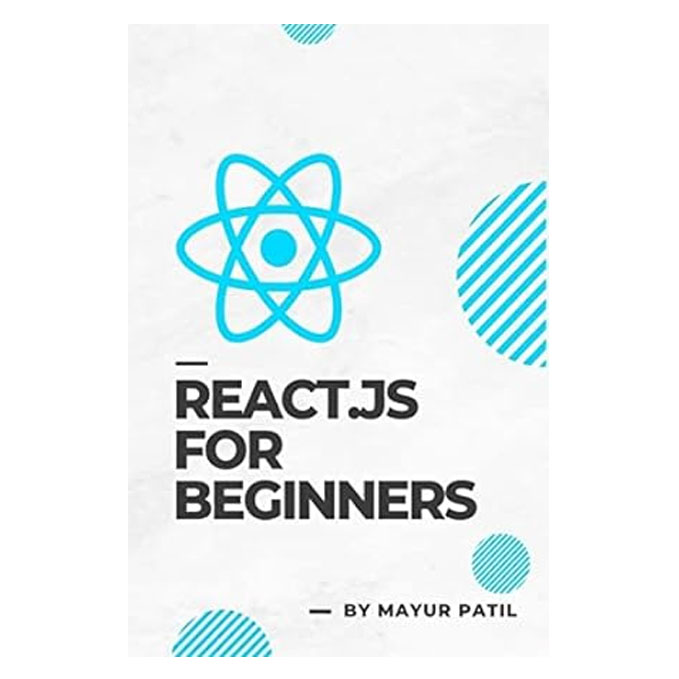React.js For Beginners [Paperback] Mayur Patil Paperback – 11 January 2023
Description
It's great to hear that you're interested in learning how to build web apps from scratch using React.js! React.js is a popular JavaScript library for building user interfaces, and it's widely used for creating dynamic and responsive web applications.
Here are some steps you can take to start learning React.js:
-
Understand the Basics of JavaScript: Before diving into React.js, make sure you have a solid understanding of JavaScript, as React is a JavaScript library. Familiarize yourself with concepts like variables, functions, arrays, and object-oriented programming.
-
Learn HTML and CSS: A good understanding of HTML and CSS is crucial for web development. React is used to build the user interface components, and HTML and CSS are the backbone for structuring and styling web pages.
-
Explore React Documentation: Visit the official React documentation (https://reactjs.org/) to get an overview of the library, its concepts, and how it works. The documentation is well-written and serves as an excellent resource for both beginners and experienced developers.
-
Follow Online Tutorials: There are numerous online tutorials and courses that can guide you through the process of building React applications. Platforms like Codecademy, freeCodeCamp, and Udacity offer interactive React courses for beginners.
-
Build Simple Projects: Start with small projects to practice what you've learned. Create basic React components, understand state and props, and gradually build more complex applications as you become more comfortable.
-
Use Create React App: Create React App is a tool that sets up a new React project with a sensible default configuration. It's an excellent way to start building React applications without dealing with complex setup. You can learn more about it at https://create-react-app.dev/.
-
Explore React Router: React Router is a popular library for handling navigation in React applications. Learn how to use React Router to create a multi-page web application.
-
Understand State Management with Redux (Optional): Redux is a state management library that is often used with React for managing the state of an application. While not necessary for all projects, understanding Redux can be beneficial for handling complex state logic.
-
Build a Full-Stack Application (Optional): Once you're comfortable with React on the frontend, consider integrating it with a backend to build a full-stack application. Popular backend choices include Node.js with Express or Django with Python.
-
Join the React Community: Engage with the React community by joining forums, participating in discussions, and following updates. Platforms like Stack Overflow and Reddit have active communities where you can seek help and learn from others.
Remember, practice is key to mastering React.js, so don't hesitate to experiment with building different types of projects and exploring more advanced topics as you progress in your learning journey. Good luck!
